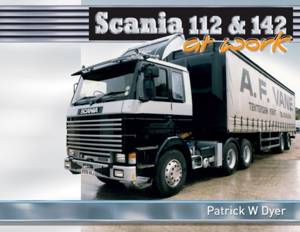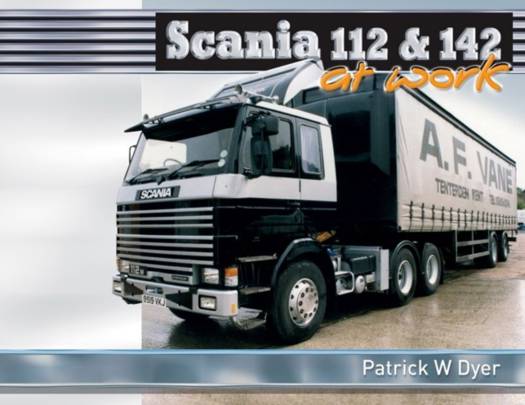
- Afhalen na 1 uur in een winkel met voorraad
- Gratis thuislevering in België vanaf € 30
- Ruim aanbod met 7 miljoen producten
- Afhalen na 1 uur in een winkel met voorraad
- Gratis thuislevering in België vanaf € 30
- Ruim aanbod met 7 miljoen producten
Zoeken
Omschrijving
In the eight years from 1980 when Scania introduced the 2-series trucks covered in Patrick Dyer's new book, they produced no less than 135,311 units. For much of that time the 142 held the title of the most powerful production truck in Europe. Why was this range so successful? One reason was that the Scania's advanced modular manufacturing system allowed it to cover weight categories from 16 to 174 tons without any special types. Operators could specify exactly the rigth truck for their needs and Scania's production and efficiency were streamlined. Scania got both the engineering and design just right, matching improved versions of their tried and tested running gear with new frames and a modern, class-leading cab designed by Italian stylist, Giorgetto Giugiaro. Scania 112 and 142 at Work is Patrick Dyer's seventh book in the series. Once more he has been able to draw on two hundred fine photographs, some from Scania's own archive, as well as working shots by truck enthusiasts.
Specificaties
Betrokkenen
- Auteur(s):
- Uitgeverij:
Inhoud
- Aantal bladzijden:
- 144
- Taal:
- Engels
Eigenschappen
- Productcode (EAN):
- 9781908397874
- Verschijningsdatum:
- 1/10/2019
- Uitvoering:
- Hardcover
- Formaat:
- Genaaid
- Afmetingen:
- 213 mm x 269 mm
- Gewicht:
- 793 g

Alleen bij Standaard Boekhandel
+ 55 punten op je klantenkaart van Standaard Boekhandel
Beoordelingen
We publiceren alleen reviews die voldoen aan de voorwaarden voor reviews. Bekijk onze voorwaarden voor reviews.











